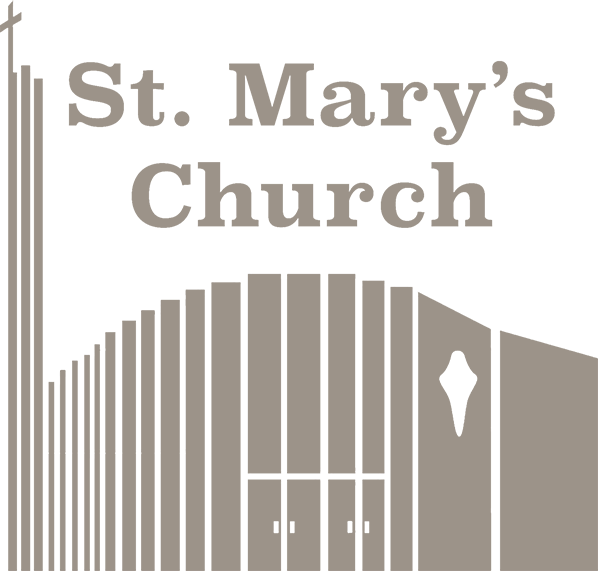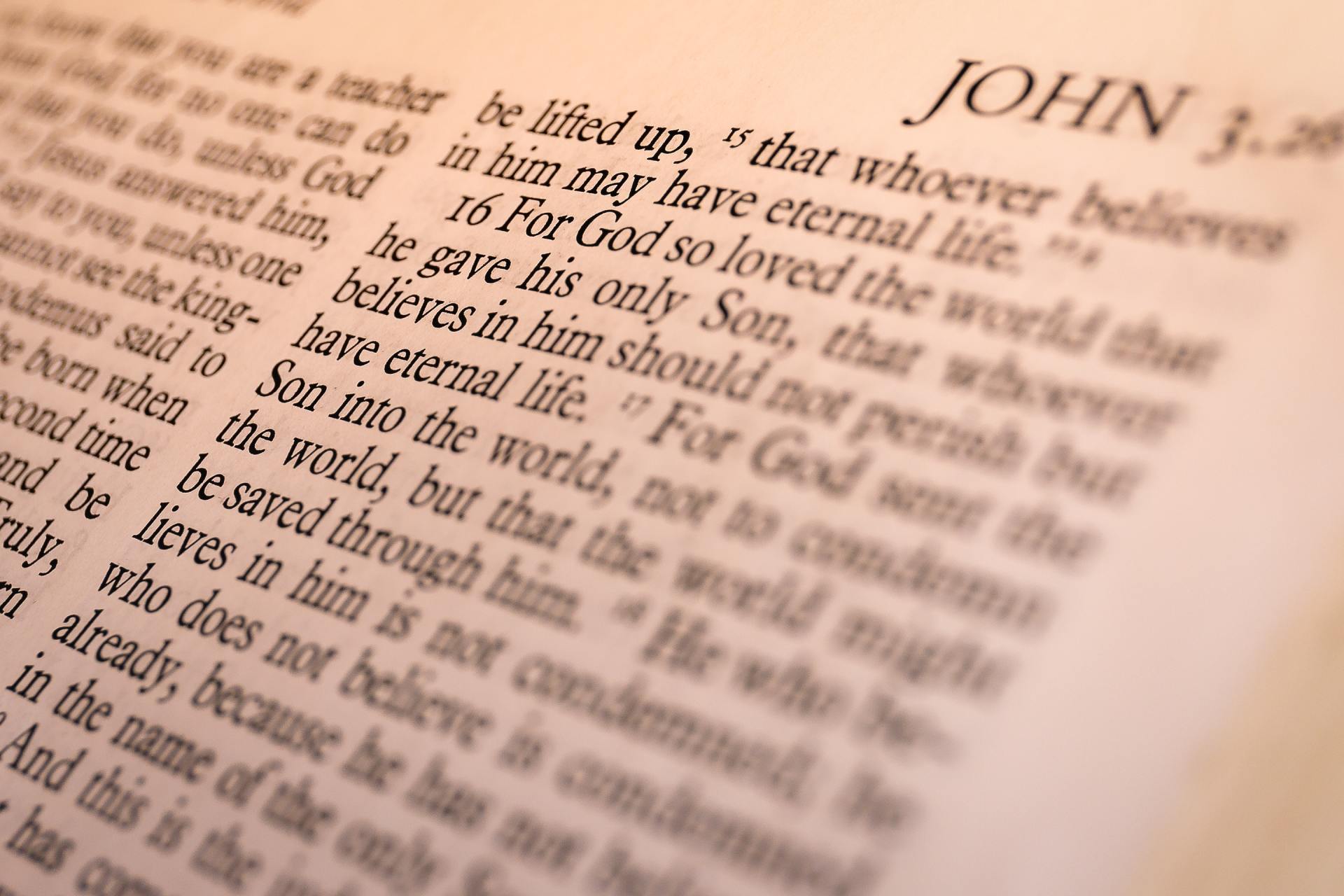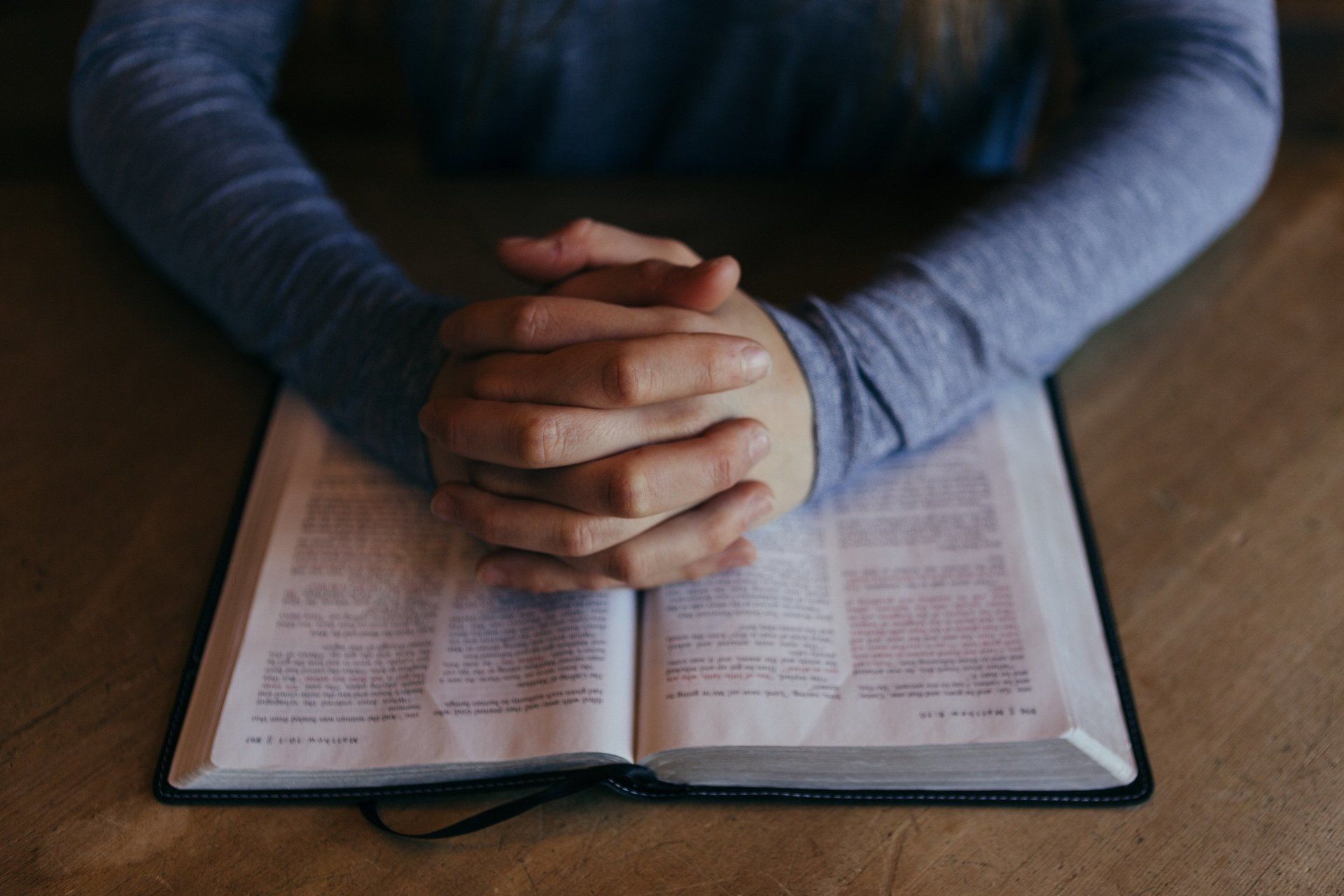Liturgical Calendar
List of Services
-
AdventItem Link List Item 1
Advent marks the beginning of the liturgical calendar. It consists of the four Sundays leading up to Christmas.
Advent: O Come, Emmanuel
Entre Amigos – Opinion/Commentary
December 4, 2012
By Mar Muñoz-Visoso
On the first Sunday of Advent the Liturgical Year begins and, with it, the preparations for Jesus's birth at Christmas.Advent is a time of joyful hope.
The word Advent comes from the Latin word that means "coming" or "arriving." Thus, Advent is marked by the anticipation of those who await the arrival of someone dear or important, knowing that the awaited one is almost here. The seasonal liturgy offers us as a symbol the Advent wreath with its four candles, signifying the four weeks of preparation for Christmas. The Sunday readings of the season propose to us some models of hope and faith to reflect on: the Virgin Mary, her cousin Elizabeth, John the Baptist, and even the people of Israel. And the whole Church sings with joy while waiting: "O come, o come Emmanuel," God-with-us.
In popular culture, the Latin American peoples have overtime developed some practices and traditions that also reflect this preparation for Christmas.
Some examples are the "Novenas" and "Posadas." Christmas Novenas are prayers repeated in the nine evenings before Christmas Day. Colombians, for instance, celebrate "Novenas de Aguinaldo." Every night they remember some event in the history of salvation and every night they hope to get an "aguinaldo" or gift, as a symbol of God who gives us his Son.
Mexicans also celebrate "Las Posadas," remembering the pilgrimage of the Holy Family from Nazareth to Bethlehem, and how hard it was for them to find a place to rest despite Mary's advanced pregnancy. With songs, those accompanying "the Holy Pilgrims" (depicted as Joseph and Mary pregnant and riding on a donkey) represent the act of knocking on the door of a house requesting "posada" (lodging): "En el nombre del cielo, os pido posada…" Those inside keep turning them down. They go back and forth several stanzas until the house hosting the posada finally opens the doors welcoming the Pilgrims and accompanying crowd. The community then prays the Rosary together and, after, the host showers visitors with typical foodsand hot drinks such as chocolate, atole o champurreado. Children—sometimes adults as well—normally walk out with an "aguinaldo, "a bag usually containing oranges, peanuts and candy. In the United States, this Mexican tradition has extended to many other Latin American communities, perhaps due to identification with the migration experience of the Holy Family.
Right in the middle of Advent several Marian feasts are also celebrated that have special echo in the Hispanic community. They are the Immaculate Conception of Mary, and Our Lady of Guadalupe.
La Inmaculada Concepción, or La Purísima, the Marian feast per excellence, is celebrated especially in Panama, Nicaragua, Paraguay, the United States and also Spain, all of whom have this name of Mary as their national patron saint. Every December 8, the Pope himself joins in the celebration. Aided by Rome's firefighters, he hangs a flowery wreath in the arms of the Immaculate Conception statue that presides high above over the Piazza D' Spagna.
The celebrations of Our Lady of Guadalupe have extended well beyond Mexico to the entire American Continent. In addition to the proper Mass on her feast day, December 12, many Latino communities in the U.S. pray novenas, rosaries and represent the story "Las Apariciones" (apparitions) of the Blessed Mother to the Indian Juan Diego.For this reason, her story is known to many.Devotion to Our Lady of Guadalupe has extended beyond Latinos to many other U.S. Catholics, in part because the Pro-Life Movement has adopted her too as patron saint of the unborn.
Advent offers us many reasons for hope. Between joyful liturgies and popular devotions, Latino Catholics sing with the entire Church: "Ven, ven Señor, no tardes. Ven, ven que te esperamos". (Come, Lord, come without dilation. Come, we await you!)
---
Mar Munoz-Visoso is executive director of the Secretariat for Cultural Diversity in the Church at the United States Conference of Catholic Bishops
-
ChristmasItem Link List Item 2
In the Catholic Church, Christmas is more than one day – it is a season that begins on Christmas Eve (Dec. 24), continues through the Feast of the Epiphany and includes the Solemnity of Mary, the Mother of God . Christmastide concludes with the Feast of the Baptism of the Lord in January.
Christmas is one of the most important days of the Church year, second only to Easter itself. It is the feast of the incarnation, the feast of God becoming flesh (the Latin "in carne" means "enfleshment"). It is a uniquely Christian teaching, the Divine choosing to become one of us. Because of this belief,God is not only Transcendent, but also wholly Immanent, Emmanuel (God-with-us). While remaining Transcendent (meaning we must rise above our present condition to reach Him), He is at the same time Immanent (meaning He is with us as we rise toward Him). Every Eucharist is like Christmas where the bread and wine are transformed into His flesh, His Body and Blood, and, in a sense, He is born anew on the altar.
The liturgical season of Christmas begins with the vigil Masses on Christmas Eve and concludes on the Feast of the Baptism of the Lord. During this season, we celebrate the birth of Christ into our world and into our hearts, and reflect on the gift of salvation that is born with him…including the fact that he was born to die for us.
The Christmas tree and the Nativity scene are popular symbols of the season and a tradition in many Christian homes. It is also traditional to exchange Christmas gifts with family and friends as a way to honor God the Father's gift of his only son to the world. Having received the gift of Christ, we naturally want to pass that gift along to our loved ones.
-
LentItem Link List Item 3
The forty days of Lent is reminiscent of Jesus’ forty days in the desert. Lent is a season of repentance and renewal in solidarity with those preparing for the Sacraments of Initiation to be received at Easter. Lent begins on Ash Wednesday and continues until the Mass of the Lord’s Supper on Holy Thursday.
During Lent, the Church asks us to surrender ourselves to prayer and to the reading of Scripture, to fasting and to giving alms. The fasting that all do together on Fridays is but a sign of the daily Lenten discipline of individuals and households: fasting for certain periods of time, fasting from certain foods, but also fasting from other things and activities. Likewise, the giving of alms is some effort to share this world equally—not only through the distribution of money, but through the sharing of our time and talents. Contemplate the meaning and origins of the Lenten fasting tradition in this reflection.
In Lent, the baptized are called to renew their baptismal commitment as others prepare to be baptized through the Rite of Christian Initiation of Adults, a period of learning and discernment for individuals who have declared their desire to become Catholics.
The key to fruitful observance of these practices is to recognize their link to baptismal renewal. We are called not just to abstain from sin during Lent, but to true conversion of our hearts and minds as followers of Christ. We recall those waters in which we were baptized into Christ's death, died to sin and evil, and began new life in Christ.
On these pages, you will find a variety of suggestions and resources to help you "raise up," "sacrifice," and "offer" during this Lent and to embrace your baptismal commitment.
Catholics are also encouraged to make going to confession a significant part of their spiritual lives during Lent. The U.S. Bishops' statement, "God's Gift of Forgiveness: The Pastoral Exhortation on the Sacrament of Penance and Reconciliation" can be distributed and shared in parishes. Dioceses are encouraged to make the sacrament available often during Lent and to use these resources to promote participation. We also have resources to help individuals who have not been to confession in a while "rediscover" the sacrament.
-
Triduum (or Holy Week)Item Link List Item 4
The Triduum is the most important three days in the liturgical year. Holy Thursday (which commemorates the Last Supper), Good Friday (which commemorates Jesus’ crucifixion and death on the cross), and Holy Saturday (where the Church pauses to commemorate the Lord’s burial). The Easter Vigil is celebrated on Holy Saturday night when new members of the faith receive the Sacraments of Initiation and are welcomed into the Church.
-
EasterItem Link
Alleluia – He is Risen! The Easter season celebrates Christ’s resurrection from the dead, his victory over death. Christ’s Ascension into heaven is celebrated on the 7th Sunday after Easter. Eastertide concludes at Pentecost, where Jesus sends the Holy Spirit upon the apostles to spread the Gospel to all nations.
-
Ordinary TimeItem Link
The season of Ordinary Time explores Christ’s mission and message through the Gospels. This season includes Trinity Sunday (which celebrates God’s self revelation as a Trinity of Persons) and Corpus Christi (which celebrates the Body and Blood of Jesus in the Eucharist). Ordinary Time concludes with the Solemnity of Christ the King which brings the liturgical year to a close.






